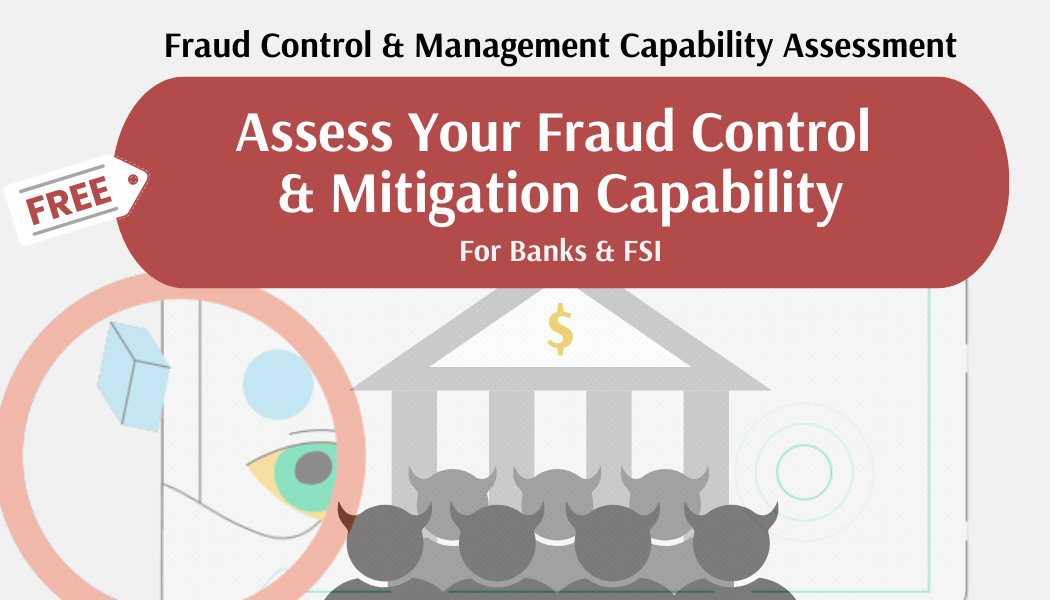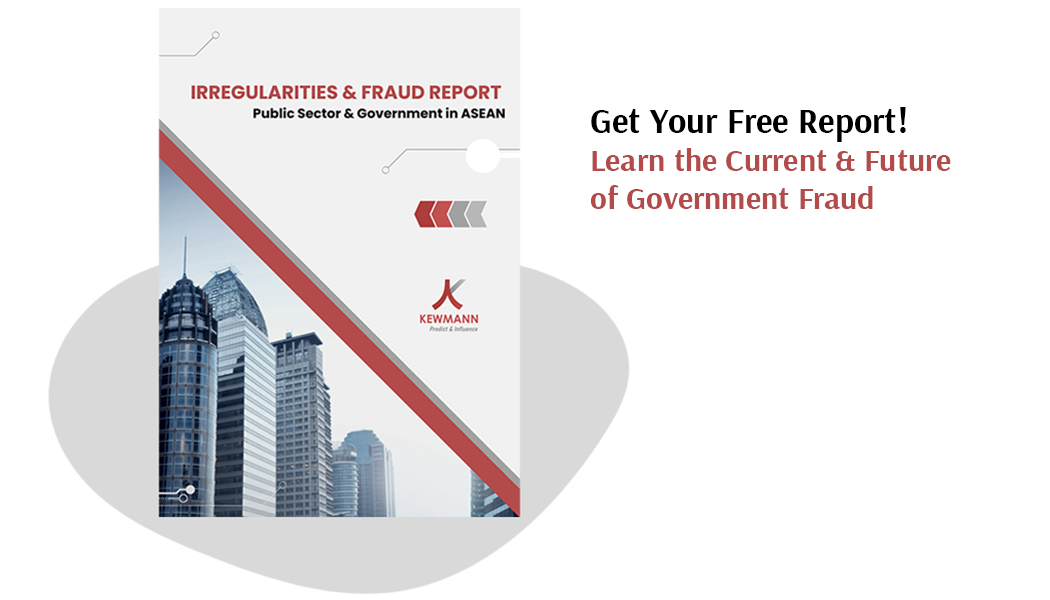5 Key Challenges in AML Compliance: Navigating Sanctions and Crypto Assets
In the ever-evolving landscape of banking, insurance, and regulatory industries, the demand for fortified Anti-Money Laundering (AML) programs and systems has surged since the pre-COVID era. Recent events, like the high-profile US$1.3 billion money laundering probe in Singapore, have sounded a clear alarm, highlighting the need for robust AML strategies even in developed nations. It becomes apparent that banks and financial institutions must recognise the genuine challenges underlying AML compliance to address them effectively. These challenges also revolve around navigating sanctions and adapting to the ever-changing landscape of cryptocurrencies.
Challenge 1: Sanctions in the Modern World
Traditionally considered an “ancient” requirement for AML practices:
- Geopolitical conflicts have elevated sanctions to tools of considerable influence.
- The term “Sanction Hyperinflation“, coined by Refinitiv, is gaining prominence, reflecting the proliferation of sanctions lists.
- The sources are no longer limited to entities like the United Nations (UN), with their influence dwindling to just 2% of global sanctions.
- Additional lists from entities like the U.S. Office of Foreign Assets Control (OFAC), the UK Sanctions List, and China’s Sanction List are now critical, varying in importance based on countries’ positions.
- For compliance officers, staying up-to-date on these lists and understanding their relevance has become challenging.
Challenge 2: Data Quality Dilemma
Ensuring data quality poses a substantial challenge:
- AML checks now extend beyond conventional Roman characters to include names in different scripts, such as Arabic or Chinese.
- Merely checking names is insufficient; supplementary details like date of birth and nationality must be considered.
- This complexity can lead to a significant number of false positives, particularly in densely populated countries like China, Indonesia, and India, where individuals may share identical names.
Challenge 3: The Enigma of Crypto Assets
Crypto assets present a unique challenge:
- In the fiat-centric world, banking systems primarily manage the conversion of funds between fiat and digital assets.
- Once money is converted to digital assets and transferred to a cryptocurrency exchange, banks lose visibility.
- However, when digital assets are converted back to cash through withdrawals from exchanges, banks re-enter the picture.
- Comprehensive scrutiny through Know Your Customer (KYC) and customer risk profiling, incorporating knowledge graphs, becomes vital.
- Ensuring the integrity of the fiat world is crucial for consumer protection and AML compliance.
Challenge 4: Tracking in the Age of Cryptocurrency
Tracking and tracing transactions in the crypto asset realm require seamless and automated processes:
- As cryptocurrencies gain popularity, the need for regulatory oversight becomes increasingly apparent.
- While there isn’t a strong regulatory framework in place yet, the involvement of regulators and banks with digital asset exchanges indicates a growing recognition of the importance of monitoring transactions in this space.
Challenge 5: The Role of Technology
The role of technology in AML compliance is multifaceted and constantly evolving, presenting several challenges in defining its precise role. One significant challenge arises from the ever-changing landscape of AML regulations and the broader financial industry. AML regulations are in a constant state of flux, necessitating technology solutions that can adapt quickly to evolving compliance requirements.
Another critical challenge is managing the vast amount of data involved in AML efforts efficiently. The complexity of this data requires advanced tools capable of comprehensive analysis and monitoring. Simultaneously, technology plays a pivotal role in streamlining compliance processes, automating various tasks, and helping organizations keep pace with the ever-changing regulatory environment. This automation enhances efficiency and accuracy in compliance efforts while freeing up human resources for more strategic compliance activities.
Efficient risk mitigation is a fundamental aspect of AML compliance, and technology plays a crucial role in swiftly identifying potential risks and suspicious activities, surpassing the capabilities of manual methods. Advanced technology solutions not only enhance data quality but also reduce false positives, further improving compliance outcomes. Seamless integration with existing systems, real-time monitoring capabilities, scalability, and cost-effectiveness are additional challenges that technology addresses, empowering financial institutions to gain a competitive edge in compliance and risk management. Embracing technology is not only a necessity but also a strategic advantage in navigating the evolving landscape of AML compliance.

Embracing Technology for AML Excellence in a Dynamic Financial Landscape
As AML regulations become more stringent and financial crimes more sophisticated, adopting technology in AML compliance is essential due to its ability to enhance efficiency, reduce risks, and keep pace with regulatory changes in an increasingly complex financial landscape. It provides a competitive advantage and ensures the accuracy and timeliness of compliance efforts. A largest bank in Asia has achieved high-accuracy fraud detection that increased 30% more types of fraud to be detected and reduced 50% of false alarms since 3 years ago with KewMann. Don’t wait; the future of AML compliance is already here, and it’s digital.














